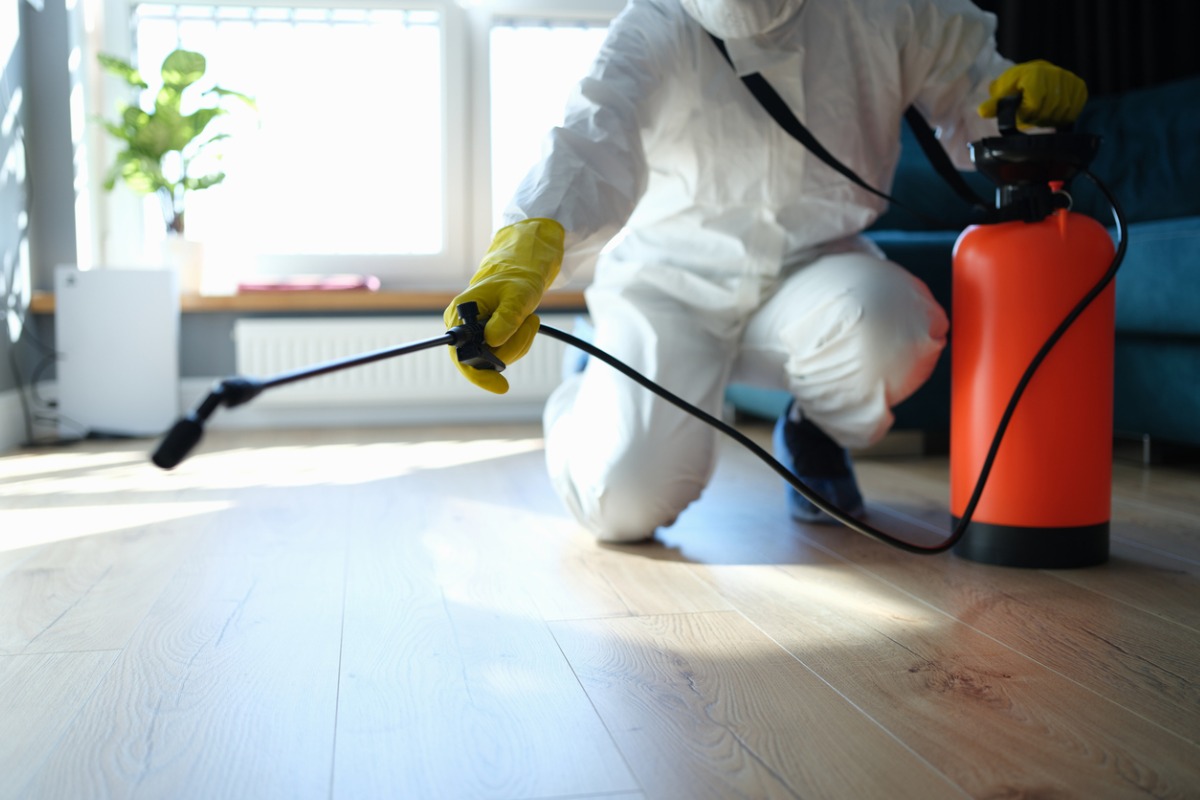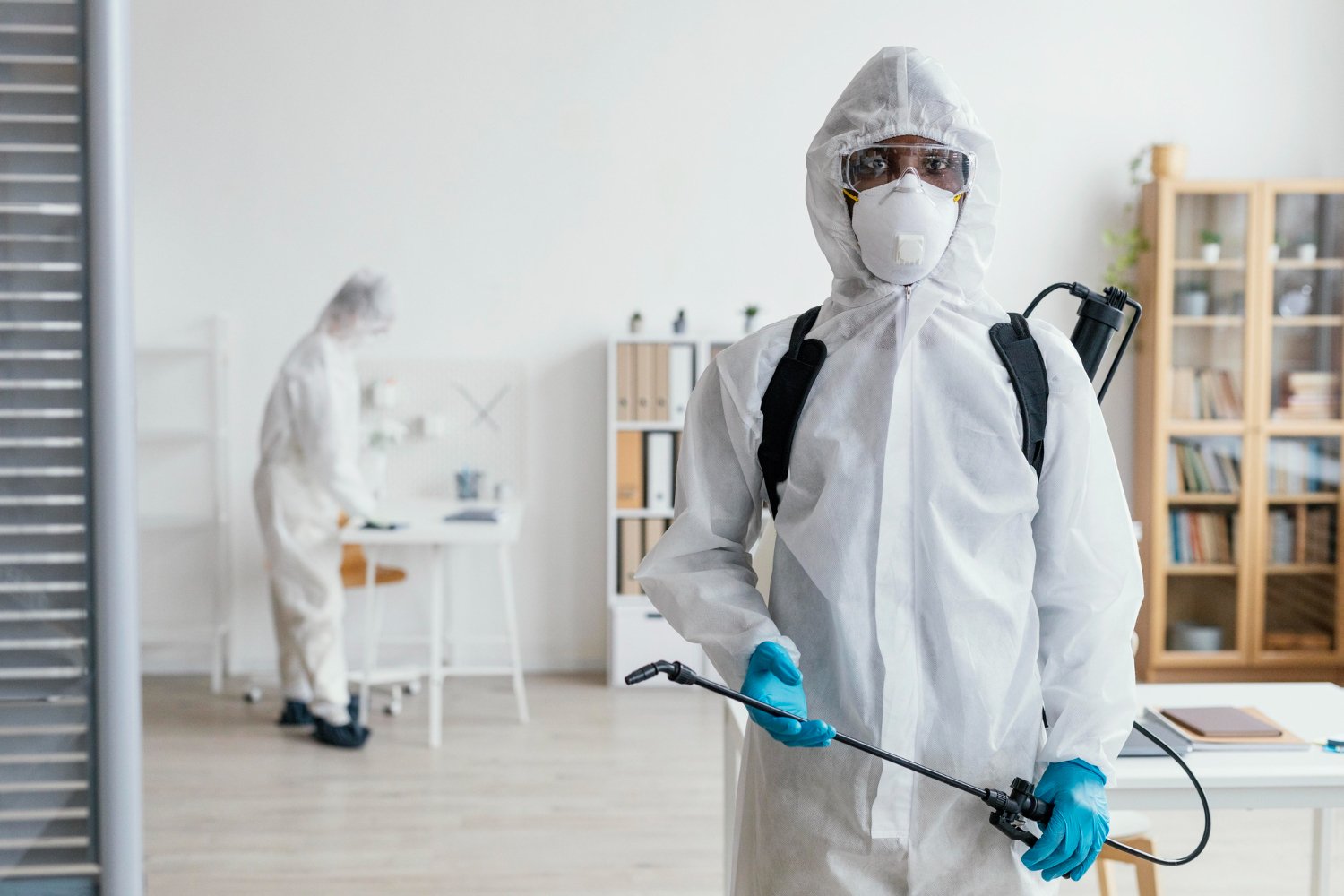Checking Out Invasion and Treatment Methods on the planet of Parasite Control
The landscape of parasite control includes a myriad of obstacles, specifically as invasions of usual house bugs continue to progress. Understanding the behaviors and reproductive patterns of these annoyances is crucial for creating effective treatment techniques. By integrating preventative steps with advanced administration strategies, such as Integrated Parasite Monitoring (IPM), house owners can much better guard their environments. The performance of these approaches may vary dramatically based on certain situations. What hidden variables add to the success or failure of these techniques in various settings?

Common Household Pests
When it pertains to managing our space, comprehending usual family insects is vital. These parasites not only interrupt our comfort yet can likewise position health dangers and damage building. One of the most prevalent household pests include ants, roaches, rats, termites, and bed insects.
Ants, commonly seen foraging in kitchens, can infect food and develop huge colonies. Roaches, understood for their resilience, can trigger allergies and spread pathogens. Rodents, consisting of mice and rats, can create architectural damages and bring diseases like hantavirus and salmonella. Termites, often described as "quiet destroyers," can jeopardize the stability of wooden structures, leading to pricey repair work. Bed insects, although not condition service providers, can trigger significant pain via their bites and result in psychological distress.
Identifying the indicators of these parasites, such as droppings, nests, or attack marks, is important for early intervention (Pest Control Lockhart). Correct hygiene practices, securing access points, and maintaining a clutter-free atmosphere are efficient preventative steps. By determining these usual home insects and recognizing their actions, property owners can take aggressive actions to reduce problems, ensuring a much healthier living environment
Understanding Parasite Infestations
Insect invasions can rise rapidly, transforming a minor annoyance into a substantial issue otherwise dealt with promptly. Comprehending the nature of these invasions is critical for reliable management. Bugs can get into property and industrial spaces for different factors, consisting of the search for food, shelter, or breeding premises. Usual factors adding to problems include bad hygiene, structural vulnerabilities, and seasonal adjustments that drive parasites inside.
Determining the sort of insect is crucial, as different species show different habits and reproductive rates. As an example, rats may develop nests in concealed locations while pests like cockroaches flourish in moist environments. Early detection commonly hinges on recognizing indicators such as droppings, munch marks, or uncommon noises, which can show a trouble before it becomes extreme.
Cozy, damp environments can help with the fast growth of parasite populations, while adjustments in landscaping or building can unintentionally create favorable atmospheres. An educated strategy to understanding these dynamics lays the foundation for efficient pest management methods in the future.
Therapy Methods and Methods
Reliable therapy methods and techniques are essential for alleviating insect infestations and restoring a secure environment. A multifaceted technique is commonly best, integrating chemical, organic, and mechanical techniques tailored to the certain bug and the extent of the problem.
Chemical treatments consist of the use of insecticides and herbicides, which can properly get rid of parasites. Nonetheless, appropriate application and adherence to safety standards are crucial to lessen dangers to humans and non-target organisms. Integrated Bug Management (IPM) encourages the sensible use chemicals as a last option, relying rather on surveillance and threshold degrees to figure out intervention requirements.
Biological control methods entail presenting all-natural predators or bloodsuckers to minimize insect populaces. This strategy is increasingly popular, particularly in farming settings, as it promotes environmental sustainability.
Mechanical approaches, such as catches and obstacles, provide immediate alleviation from pests without introducing chemicals. Choices include sticky catches for insects or physical barriers for rodents.
Eventually, the selection of therapy approach must consider the details insect, the setting, and potential impacts on human health and wellness and ecosystems. A balanced mix of these techniques can effectively handle infestations while promoting lasting insect control services.
Safety Nets for Homes
Proactively attending to pest issues before they escalate is vital for keeping a healthy and balanced home environment (Pest Control Lockhart). Carrying out reliable preventative procedures can substantially reduce the possibility of invasions, eventually securing both your residential or commercial property and well-being

Appropriate landscape design also plays an important function in prevention. Maintaining bushes and trees trimmed away from the home decreases the opportunities of insects finding their way indoors. Moreover, make sure that drain systems are functioning efficiently to protect against standing water, which can draw in insects and other insects.
Last but not least, regular examinations are advisable. Consistently looking for signs of parasite activity enables for very early treatment. By adopting these preventative measures, property owners can produce an environment that is much less hospitable to pests, thereby boosting their total high quality of life and reducing the requirement for considerable parasite control interventions.
Industrial Bug Control Methods
A comprehensive strategy to commercial insect control is crucial for businesses aiming to preserve a safe and hygienic setting. Effective methods involve a mix of regular examinations, staff member training, and the execution of Integrated Pest Administration (IPM) techniques.
Regular inspections allow early discovery of insect activity, enabling timely intervention. Organizations should establish a routine schedule for these assessments, concentrating on high-risk areas such as cooking areas, storage space spaces, and waste disposal websites. Worker training is equally important; personnel needs to be enlightened on the go now indications of bug infestations and the importance of reporting them instantly.
Carrying out IPM techniques helps alleviate pest problems sustainably. This consists of environment adjustment, such as securing access factors and decreasing clutter, in addition to our website using all-natural deterrents before resorting to chemical treatments.

Moreover, collaborating with a qualified pest control supplier makes sure accessibility to specialist understanding and sophisticated therapy options. This collaboration can result in customized bug control plans customized to the specific demands of business, lessening threats and improving total efficacy. Inevitably, an aggressive and educated method fosters a pest-free setting, guarding both public health and company online reputation.
Verdict
To conclude, effective pest control requires a thorough understanding of typical home parasites and their habits, combined with targeted i was reading this therapy approaches. Applying safety nets together with therapy techniques such as Integrated Insect Monitoring and biological control enhances the capability to alleviate infestations. Regular examinations and a mix of chemical and mechanical options further contribute to maintaining pest-free settings. Eventually, an all-around strategy to pest monitoring is vital for guarding living rooms from undesirable intruders.